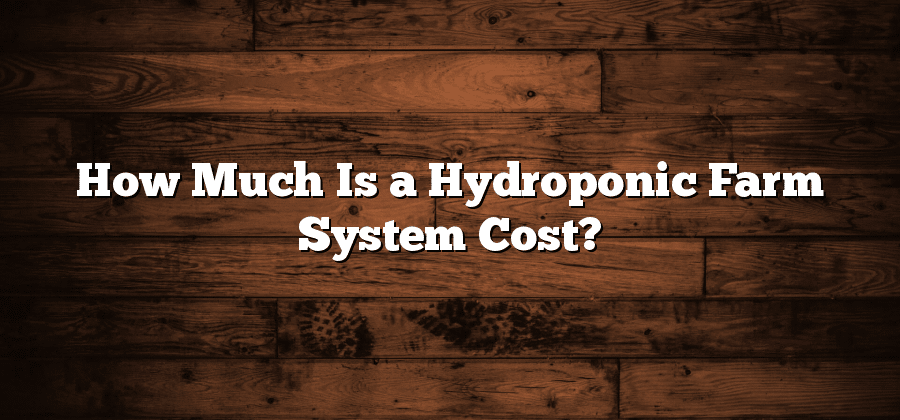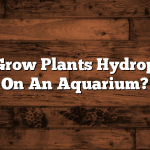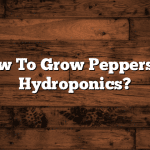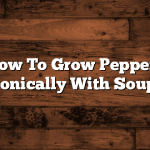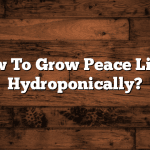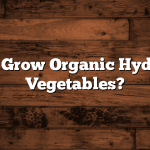Benefits of Investing in a Hydroponic Farm System
Hydroponic farming has emerged as a promising solution to various challenges faced by traditional agriculture. One of the significant benefits of investing in a hydroponic farm system is its ability to maximize crop yields. By providing plants with precisely controlled nutrient solutions and optimized growing conditions, hydroponics can enhance plant growth and productivity. This not only ensures a higher yield per square foot of growing space but also enables year-round cultivation, allowing farmers to produce a consistent supply of fresh produce regardless of the season.
Another advantage of hydroponic farming is its resource efficiency. This method of cultivation eliminates the need for soil, thus reducing water usage by up to 90% compared to traditional agriculture. Additionally, hydroponic systems can be designed to recycle and reuse nutrient solutions, further minimizing water wastage. Moreover, since hydroponic crops are grown in a controlled environment, farmers can avoid the use of pesticides and herbicides, resulting in cleaner and safer produce. This not only benefits the consumers but also contributes to a healthier and more sustainable farming practice.
Factors that Influence the Cost of a Hydroponic Farm System
The cost of setting up a hydroponic farm system can vary significantly depending on several factors. One of the most significant factors is the size of the farm system itself. Larger systems with a higher capacity for plant cultivation will generally require more materials and equipment, leading to increased costs. Additionally, the complexity of the system and the level of automation required will also impact the overall cost. Systems that require advanced technology and extensive monitoring and control mechanisms will naturally be more expensive to install and maintain.
Another factor to consider is the type of hydroponic farm system chosen. There are various types available, each with its own set of costs. For example, a nutrient film technique (NFT) system may require different equipment and materials compared to a deep-water culture (DWC) system. The specific crops to be grown also influence the cost, as different plants may have varying nutrient requirements and environmental needs that must be accommodated by the system. It is essential to carefully evaluate these factors to determine the most suitable and cost-effective hydroponic farm system for your needs.
Understanding the Different Types of Hydroponic Farm Systems
When it comes to hydroponic farming, there are several different types of systems that can be utilized. Each type of system has its own unique features and advantages, allowing farmers to choose the one that best suits their specific needs. One commonly used system is the nutrient film technique (NFT), which involves a continuous flow of nutrient-rich water running through narrow channels, allowing the roots of the plants to absorb the necessary nutrients. This type of system is easy to set up and maintain, making it a popular choice for beginners or small-scale farmers.
Another popular type of hydroponic system is the deep water culture (DWC) method. In this system, plants are suspended above a nutrient solution, with their roots constantly submerged in the water. Oxygen is provided to the roots through the use of air stones or diffusers. The DWC system is known for its simplicity and low cost, making it a great option for those on a budget or with limited space. Additionally, the deep water culture method allows for effective nutrient absorption and can yield impressive results.
Components Required for a Hydroponic Farm System
When it comes to setting up a hydroponic farm system, there are a few essential components that are required to create a successful and productive environment. First and foremost, a hydroponic system requires a growing tray or container to hold the plants. These trays can be made of various materials such as plastic or metal, and they are designed to hold the growing medium, water, and nutrient solution necessary for the plants to thrive.
Another vital component of a hydroponic farm system is the pump and irrigation system. This system is responsible for delivering the nutrient solution to the plants on a regular basis. Depending on the size and complexity of the hydroponic system, there are different types of pumps that can be used, such as submersible or external pumps. The irrigation system includes tubing, fittings, and emitters that distribute the nutrient solution to the plants evenly and efficiently. Additionally, an essential component of a hydroponic farm system is a lighting system. Since hydroponic farming is often done indoors or in greenhouses, artificial lighting is necessary to provide the plants with the necessary light spectrum for photosynthesis. High-intensity discharge (HID) lights, such as metal halide or high-pressure sodium lamps, are commonly used in hydroponic systems to ensure optimal growth and development of the plants.
Evaluating the Initial Setup Costs of a Hydroponic Farm System
When considering investing in a hydroponic farm system, it is essential to evaluate the initial setup costs involved. These costs can vary depending on various factors such as the size of the system, the type of crops being grown, and the desired level of automation.
One major expense to consider is the infrastructure needed for the hydroponic farm system. This includes the construction of a suitable greenhouse or indoor growing space, as well as the installation of lighting, ventilation, and irrigation systems. Additionally, the cost of purchasing or building the necessary hydroponic equipment, such as grow beds, nutrient solutions, and pumps, should be taken into account. It is also important to factor in the cost of acquiring quality seeds or seedlings, as well as any necessary permits or licenses for operating a hydroponic farm. By evaluating these initial setup costs thoroughly, investors can make informed decisions and ensure the long-term profitability of their hydroponic farm system.
